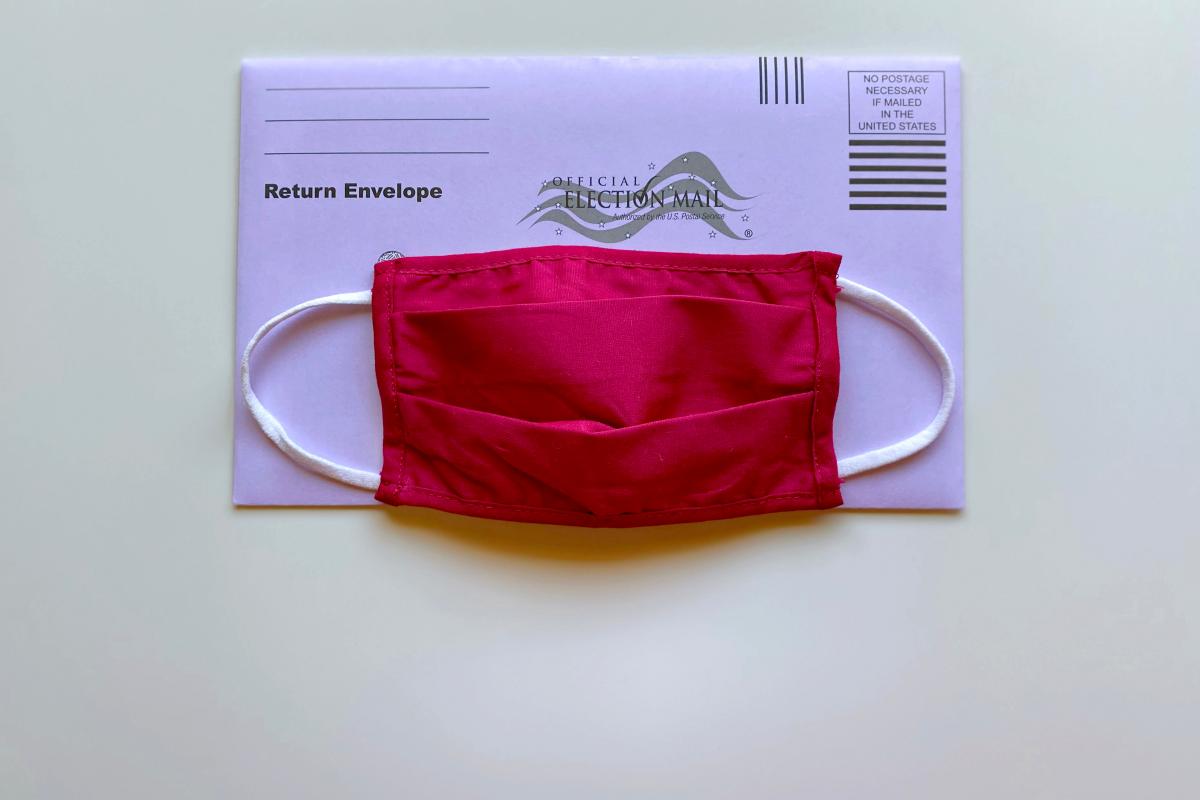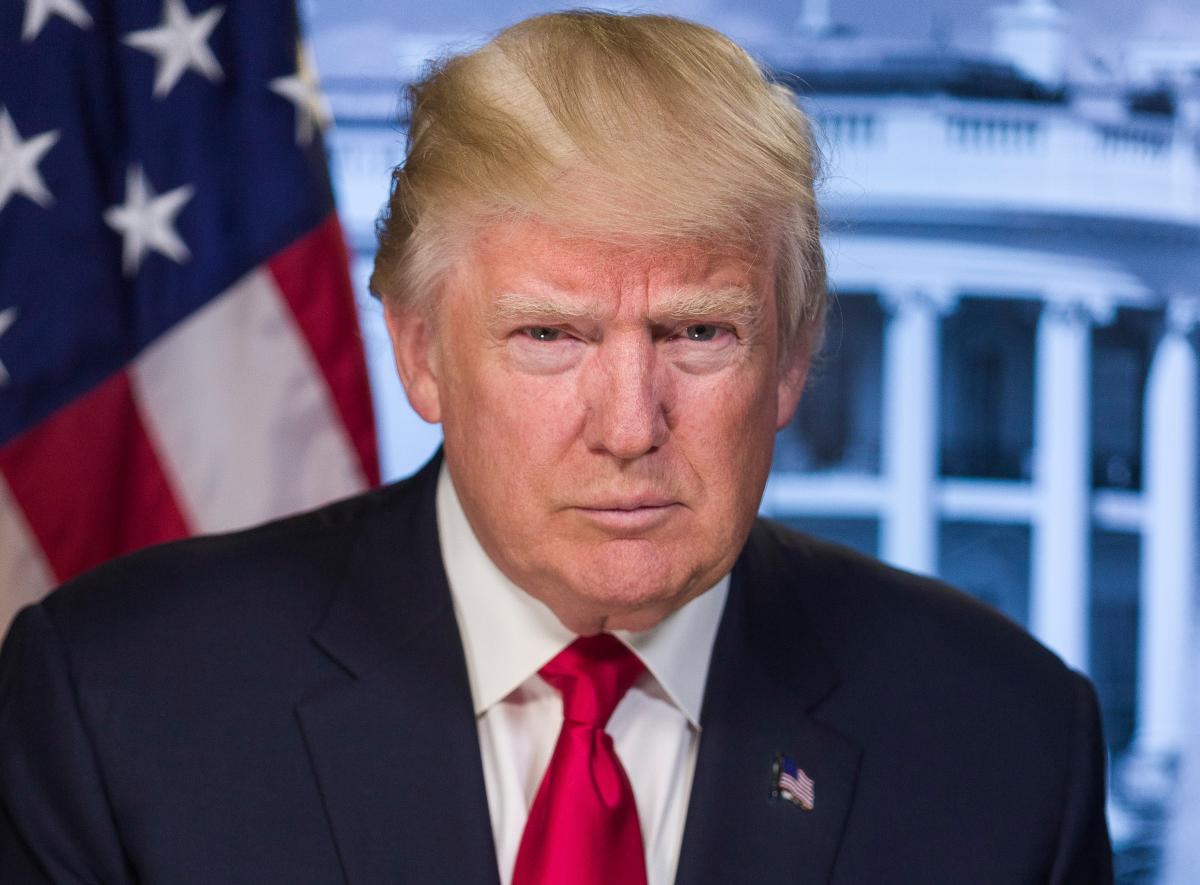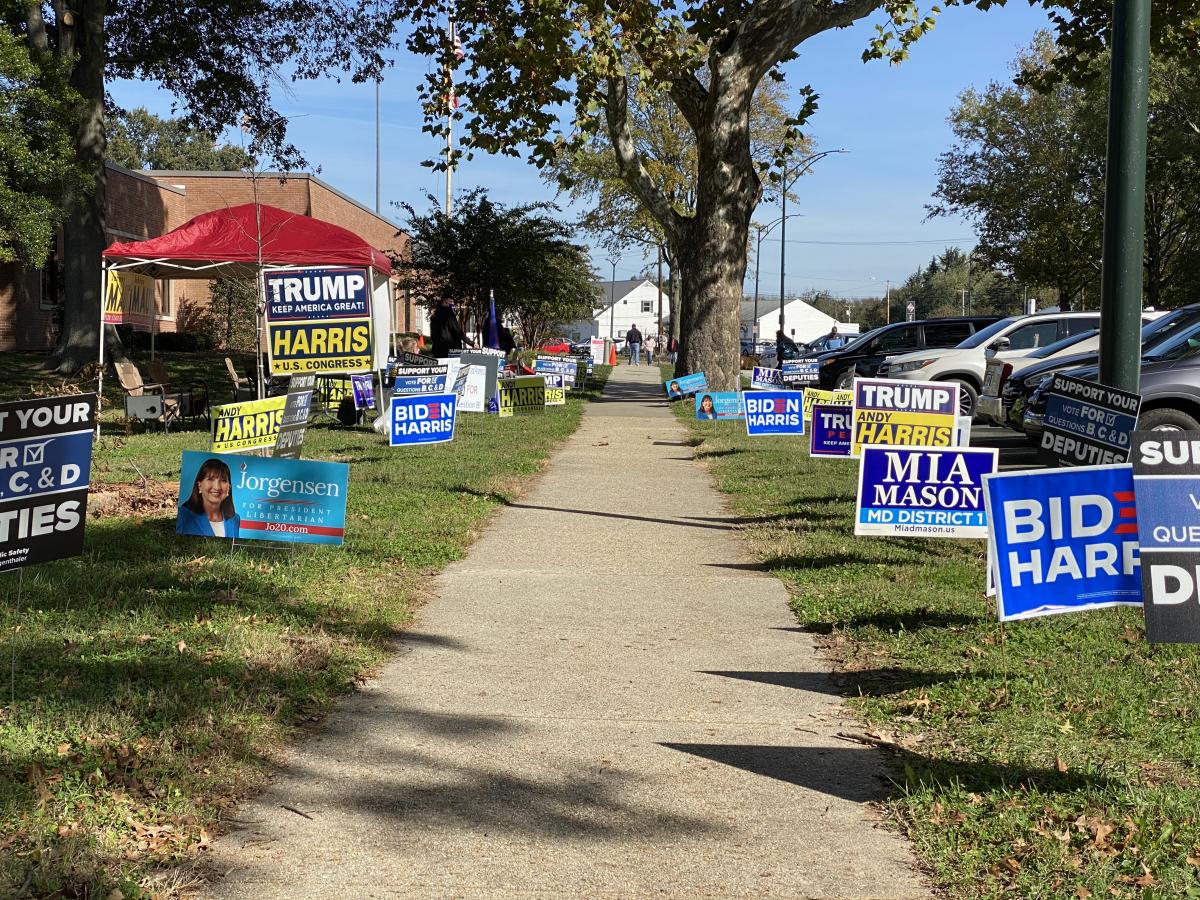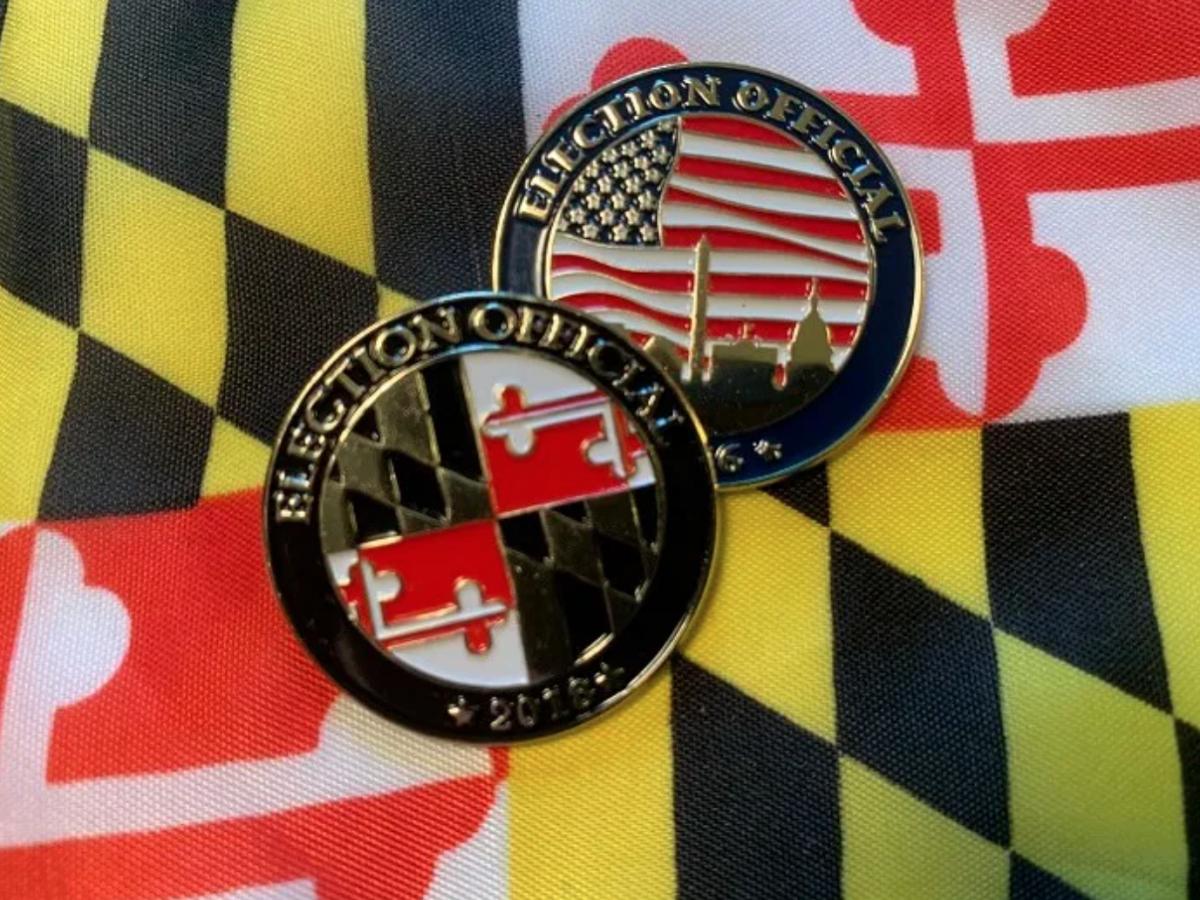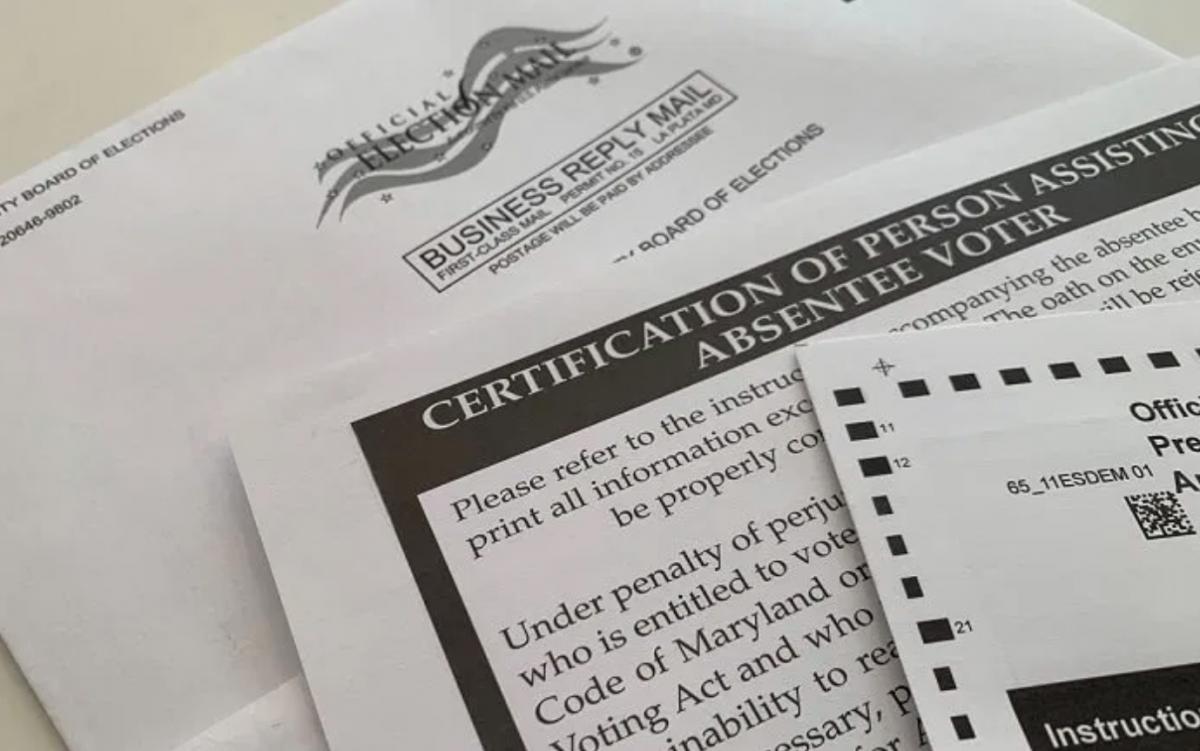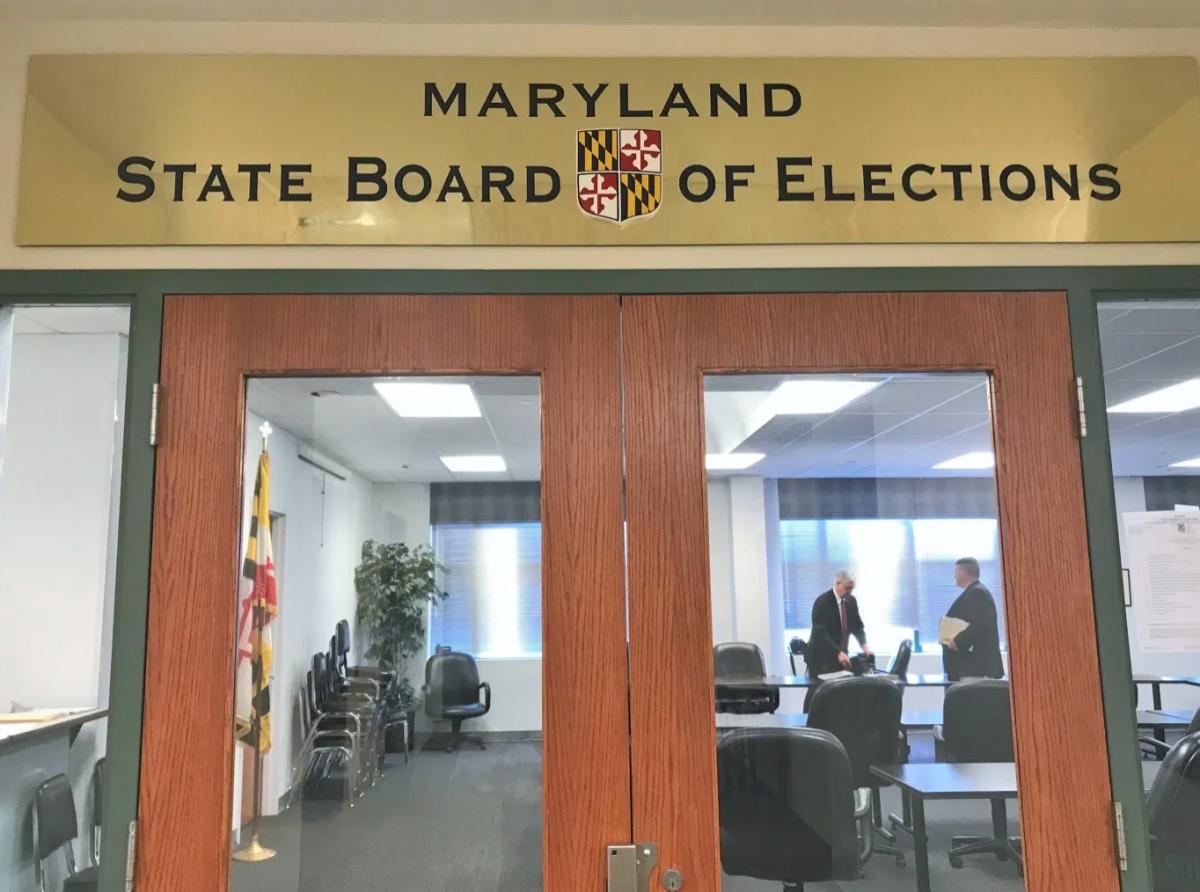The town council voted unanimously Monday night to allow mail-in ballots for town elections.
Ordinance 758 amends the town’s code to allow any qualified town voter to vote by absentee ballot rather than in person. The current code limits absentee ballots to those who may be absent for any reason from the town on any election day, or who may be unable to vote due to illness, disability, or emergency reason.
All five members of the Easton town council voted in favor of the ordinance after a March 15 public hearing. Easton Mayor Robert Willey signed the ordinance that night and it becomes effective April 4, in time for the town’s regular May election.
The new law requires an application for an absentee ballot to be submitted to the town clerk no later than the Tuesday preceding a town election.
Completed absentee ballots must be received by the town by mail or in person by 8 p.m. on election day in order to be counted.
Regular town elections are held every two years on the first Monday in May. This year’s election will be for council president and for council members for the second and fourth wards.
Easton Ordinance 758 Absentee Ballots